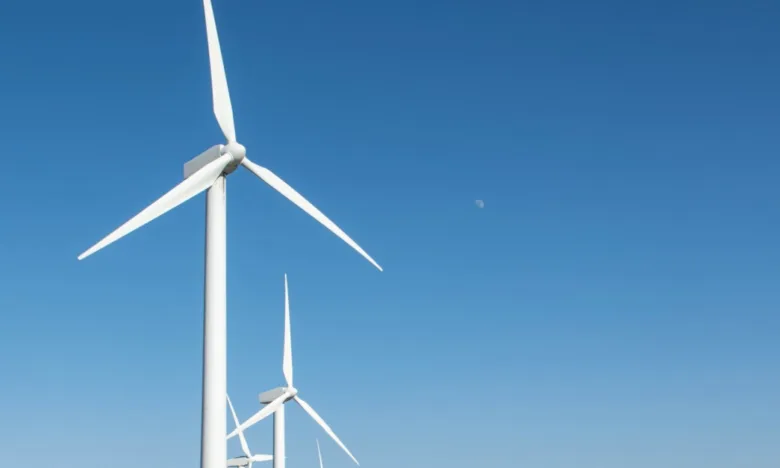
PH Public Transport Goes “Green” in Cities
- August 23, 2024
Key Takeaways
- There have been numerous initiatives from the public and private sectors in the Philippines to bring electric vehicles (EVs) for public transport in selected cities.
- Having EVs on the road for public transport promotes the shift to using EVs instead of relying on traditional internal combustion engine (ICE) vehicles.
- Among the many benefits of shifting to EVs are: reduced carbon emissions, improved transportation, and improved air quality.
Every day, thousands of Filipino commuters use jeepneys, buses, and trains as their modes of transport. Today, efforts to modernize jeepneys are in effect, especially in urbanized areas in the country like NCR, Cebu, and Davao City.
There have been several initiatives coming from both private and public sectors not only to modernize the Philippine jeepney but more importantly, to shift to electric from traditional internal combustion engine vehicles.
In the global context, the shift to electric vehicles or EVs is accelerated by a need for most sectors such as industies and transportation to reduce their carbon footprint dramatically. Here in our country, we are priming for this shift by introducing fleets of EV busses and EV “jeepneys” for the commuting public.
GET Philippines has had a great track record when it comes to public transport electrification. According to their official website, this transport technology company aims to provide practical, affordable, and non-polluting transport solutions to places where these are needed most.
In 2021, GET Philippines partnered with the Aboitiz Group to bring EV buses to Cebu. The bus fleet featured low-emission, air-conditioned, and pollution-free vehicles dubbed COMET (City Optimized Managed Electric Transport).
These EV buses traveled four main routes in Cebu: the Cebu North Route, the Cebu South Route, the Cebu Mactan Route, and the Cebu City Route.
The company became fully operational in 2022, and has provided free rides to commuters during major Cebu festivals.
“We’re seeing two things happening in the world today that could be ideal if we could bring them to the Philippines,” Freddie Tingga, GET Philippines’ CEO said when this fleet was launched. “One is the rise of the electric vehicle to replace internal combustion engines.”
Fast-forward to 2024, and GET Philippines’ COMET busses are amplifying their message of sustainable public transport.
In an interview with the Manila Bulletin, Gordon Alan Joseph, director and president of GET Green Transport Inc. Cebu said, “Green transportation is an important part of the effort to reduce greenhouse gas emissions and promote sustainable mobility. It’s high time for Cebu to have them.”
The great news is, that it isn’t only Cebu that will be getting COMET busses, but areas around the Philippines like Baguio, Batangas, Boracay, Davao, Dumaguete, Valenzuela, and cities in Metro Manila. To date, more than 80 units have already been deployed in these key areas.
However, it is in Cebu where more COMET EVs will be coming very soon, with the promise of more than 100 EV busses to be deployed on Cebu’s highways.
These EV buses can seat 20 passengers comfortably, with a range of 100 km on a single battery charge. Fully charging the COMET’s batteries takes only about thirty minutes.
“The goal of green transportation is to reduce greenhouse gas emissions, improve air quality, and promote sustainable mobility, “ Joseph said. “We know that climate change is real, and also public transport system in the country is awfully sub-standard. We are looking at a real jeepney system that is safe and environmentally clean.”
3 Benefits of Green Public Transport for Filipinos
- Reduced carbon emissions – According to a 2020 study from Climate Transparency, 26% of carbon emissions in the Philippines come from transportation. In 2022, carbon emissions from transportation in our country amounted to 34.52 million tons. It won’t be difficult to imagine these numbers dropping if there were more EVs available for public transport.
- Improved air quality – Traditional ICE-powered vehicles expel a lot of car exhaust and contribute to air pollution and haze. Adopting EVs as one of our primary modes of public transport would dramatically improve air quality in areas where these are found.
- A more robust transportation infrastructure – For EVs to become successful and embraced by the public, they will need a stable and reliable transport infrastructure. Charging stations, passenger terminals, accessibility, fare regulation, and routes are all part of the infrastructure needed to support the fleets of EV busses or EV jeepneys.



